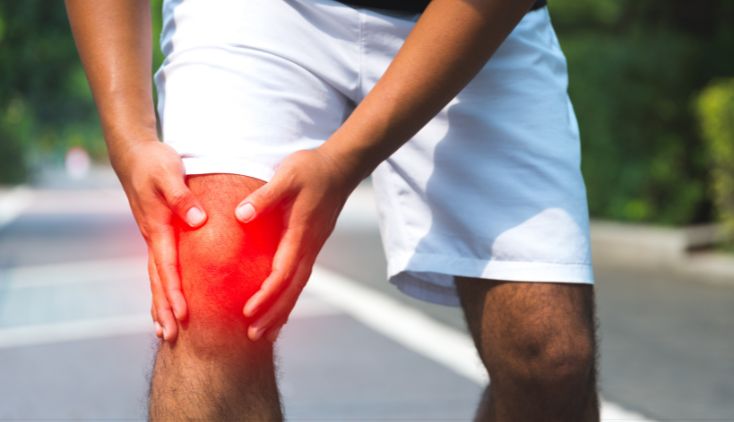How to Recognize Lupus
Joint pain is one of the most frequent symptoms experienced by people with lupus, and understanding the signs can help in early diagnosis and management. Treatments like Lupkynis can help reduce joint pain. Read on to learn more about common symptoms to watch for.
1. Morning Stiffness
Many people experience stiffness, especially in the morning. This can make it difficult to move the joints. The stiffness often eases after some movement but may return later in the day.
2. Symmetrical Pain
Unlike other forms of arthritis, lupus is typically symmetrical, meaning it affects the same joints on both sides of the body. Common joints involved include the wrists, fingers, knees and elbows.
3. Swollen Joints
Inflammation is a key feature of lupus joint pain, leading to visible swelling in the affected joints. This can make the joints look puffy, red and tender to the touch.
4. Joint Weakness
People with lupus may feel their joints becoming weaker over time. This can lead to reduced grip strength, making it harder to hold onto objects or perform everyday tasks like lifting or typing.
5. Fatigue-Related Joint Pain
Fatigue is a hallmark of lupus, and it can worsen joint pain. The more tired a person with lupus feels, the more likely they are to experience joint pain or discomfort, as the body becomes less able to manage inflammation.
6. Flaring Pain with Weather Changes
Many lupus patients report that their joint pain worsens with changes in weather, particularly cold and damp conditions. This is due to the sensitivity of inflamed joints to temperature and humidity shifts.
7. Limited Range of Motion
Joint pain in lupus may cause limited range of motion in the affected joints. This is especially common in the hands and knees, where stiffness and inflammation can restrict how far the joint can move.
8. Joint Redness and Heat
Joints affected by lupus may become red and feel warm to the touch. This is a sign of inflammation, and it often coincides with pain and swelling in the same areas.
9. Tendon Inflammation
Inflamed tendons (tendonitis) can accompany joint pain, causing additional discomfort around the joints. This can make movements painful and lead to a dull, aching sensation in the muscles around the joint.
10. Joint Pain During a Lupus Flare
During lupus flares, when the immune system becomes more active, joint pain often intensifies. Flares can cause sudden, sharp increases in joint pain and stiffness, making it hard to perform daily activities.
Common Treatment Options
While lupus joint pain can be challenging to manage, there are several treatment options available to help reduce inflammation and pain. Common treatment options include:
Medication
Medications like Lupkynis are commonly used to manage lupus symptoms, including joint pain, by suppressing immune system activity and inflammation. Additionally, nonsteroidal anti-inflammatory drugs (NSAIDs), corticosteroids and antimalarial medications may be prescribed to control joint pain.
Physical Therapy
In some cases, physical therapy can also help improve joint function and reduce stiffness.
Corticosteroids
Corticosteroids reduce inflammation in the body. Prednisone is the most common steroid used to treat lupus. Steroids can cause side effects like weight gain, high blood pressure and diabetes.
Alternative Treatments
Alternative treatment such as acupuncture, biofeedback, massage, meditation and chiropractic treatments may help.
Lifestyle Changes
Healthy habits like diet changes and exercise can make a huge difference for people suffering from lupus. Exercise can help maintain muscle mass if you're taking corticosteroids.
